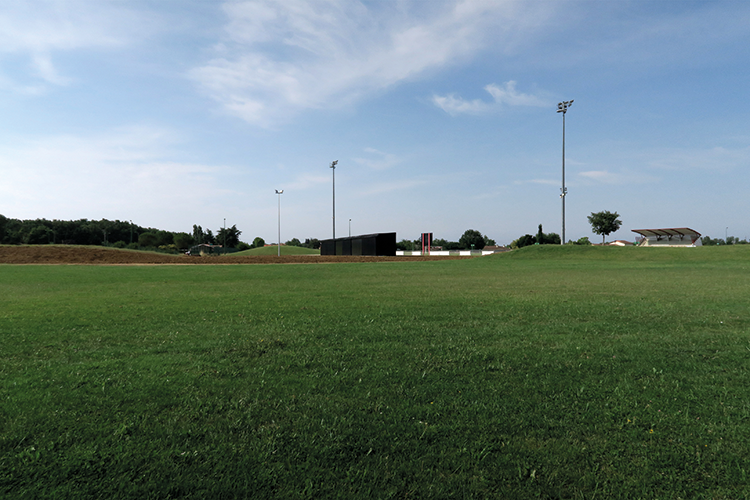
Bast, back to basics
The French pavilion at the 2016 Venice Architecture Biennale, curated by Frédéric Bonnet and the AJAP14 collective, placed the accent on this generation of architects, now approaching their forties, who naturally place the limits of their profession under the tense dialectic between the architectural blueprint and a tight budget. Founded in 2013, Bast —Bureau architectures sans titre— is part of the ‘crisis generation’ for which each project is an opportunity for research leading to innovative layouts and systems, however elementary they might be.
Bruther, Studio Muoto and Bast: what do these French practices have in common? If the latter are, for now, far from enjoying the scale —and recognition— of the first two, it would not be an exaggeration to place them in the same movement, which over the last decade has been rejuvenating the contemporary French scene. Neo-Brutalists, designers of efficient machines, Neofunctionalists ? The answer given by the partners of Bast is that they do not worship sacred cows: “What we have in common is our answer to the following question: where are we going to invest the project budget? And that will be more in a beautiful volume rather than a beautiful skin”, insist Laurent Didier, Mathieu Le Ny and Louis Leger. Founded as an SARL (LLC) in 2013, the Bureau architectures sans titre chose to transform itself into an SCOP (worker-owned company) in 2016, “to better fit our legal status with our way of working.” Because, at Bast’s inception, there was a horizontal vision of the company, which called for the same level of engagement on the part of all collaborators, each one being both a partner and an employee, at reduced time if required. Growing from three to five, today they have gone back to three, blending design time while sharing construction-site time in two-people teams. “We get down to basics”. The stated approach of Didier, Le Ny and Leger is unequivocal: on the whole, the construction site will always take priority over communicating on the project. “When we sign for a project, it’s to build it”, structural work will always be more important than the finishing and a limited budget will always be ”easier” to handle than a generous one. “Money makes us uneasy because it keeps us from making certain choices”. That not only implies accurate designs: the construction site is an open-air laboratory.
Find the whole version of this article by Emmanuelle Borne in AA 432nd issue, available on our online shop.

